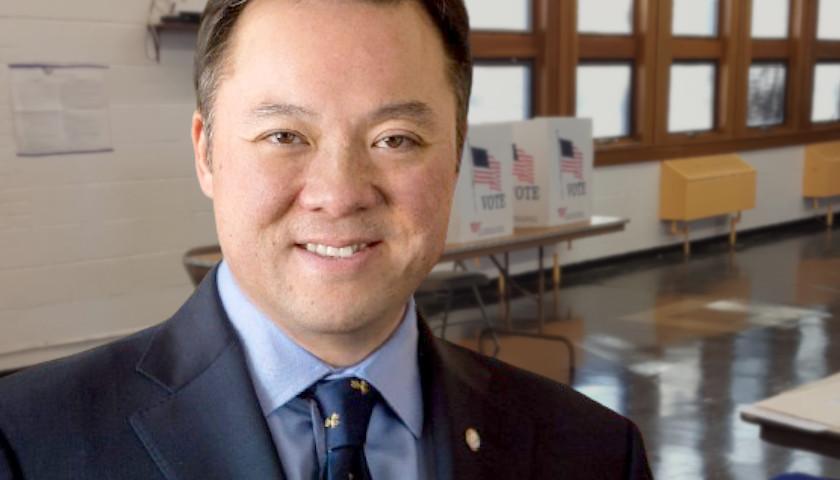by Christian Wade
Connecticut is receiving nearly $125 million this year as part of a nationwide tobacco settlement, according to Attorney General William Tong, who calls for increased spending on preventing youth smoking and vaping.
The money comes from a landmark 1998 settlement with tobacco companies, which calls for more than $246 billion to be funneled into states based on an annually adjusted rate per number of cigarettes sold each year. A portion of the funds are supposed to be put aside for smoking prevention and cessation programs.
Tong said the settlement has helped reduce smoking rates nationwide, but argues Connecticut needs to put more money into curbing youth smoking and vaping.
“We must remain vigilant, and to do that, we need to invest — both in enforcement here within the Office of the Attorney General — and in the public health experts and advocates leading efforts on the ground to curb harmful tobacco and nicotine use,” he said.
The 1998 settlement provides payments to states in perpetuity so long as cigarettes are sold by tobacco companies participating in the agreement. The payments are meant to compensate states for health care costs to care for residents suffering from smoking-related illnesses.
Despite having received more than $3.1 billion from the settlement, Connecticut has consistently scored an “F” in the American Lung Association’s annual scorecard of tobacco control programs, which ranks states based on the portion of tobacco taxes and settlement money they spend on getting people to kick the habit.
Connecticut collected more than $445 million in settlement funds, taxes and other tobacco-related revenue in the budget year that ended June 30, according to the association.
But the state spent only $14 million on smoking cessation programs last year, the report’s authors said, only 46.3% of the $32 million the U.S. Centers for Disease Control and Prevention recommends it devote annually to helping people kick the habit.
The Lung Association recommended Connecticut divert more tobacco settlement money into cessation programs and pursue “tax parity” by imposing levies on other tobacco products.
Cigarette smoking is a high-risk factor for lung cancer, heart disease and stroke, and medical experts have long considered it the leading cause of preventable death.
More than 4,900 Connecticut residents die every year from smoking-related diseases, according to the CDC. Annual costs of tobacco-related illnesses have risen to $2 billion.
Nationally, smoking-related deaths top 400,000 a year, while health care expenditures are estimated at more than $170 billion.
– – –
Christian Wade is a contributor to The Center Square.
Photo “William Tong” by William Tong. Background Photo “Man Smoking a Cigarette” by Radu Florin.





